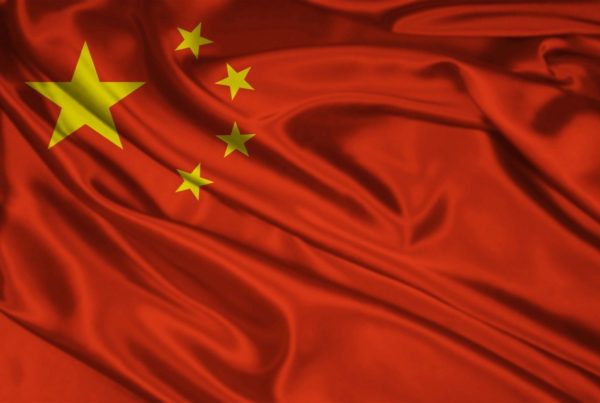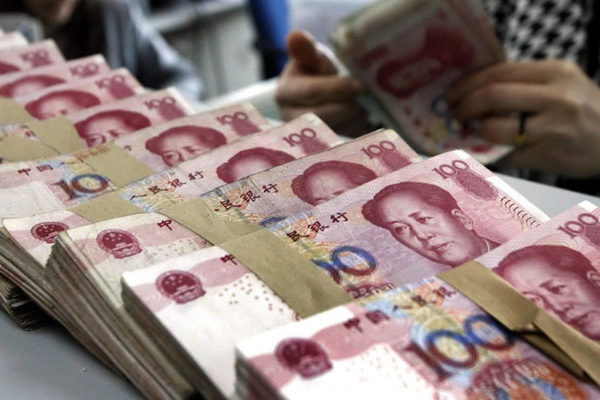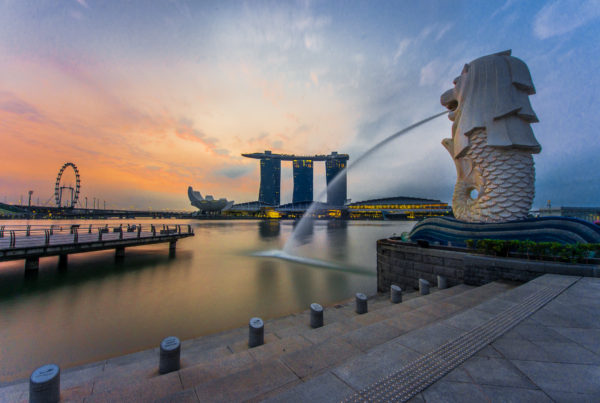A Google search for One Belt, One Road (OBOR) gives you about 15,700,000 results. Total spending on OBOR, in those same articles, varies from a low figure of $1.2trn to a high figure of $21trn. The projected investments for OBOR are estimated to benefit 4.4 billion people in 65 countries. The total size, according to some estimates, could be more than 12 times America’s Marshall Plan to aid post-second-world-war Western Europe, in comparable money-of-the-day terms.
So what exactly is OBOR? It is a conceptual plan, a vision for greater cooperation, inclusiveness and higher growth among several countries put up by Chinese President, with an eye on the old historical Silk Road but also focusing on the current geopolitical tensions in our unipolar world. OBOR is based on ‘win-win’ cooperation and overcomes geopolitical confrontations that threaten to bring the world close to war. It has the potential to help the world to get rid of its current crises. OBOR project will fund the development of an infrastructure network that includes roads, railroads, ports, electricity and energy, linking the nation with South and Southeast Asia, Central Asia, Russia and Europe, as well as with Eastern Africa via land and sea. The massive improvements should benefit numerous sectors, including trade, tourism and logistics.
For Hong Kong, “One Belt, One Road” offers a historic opportunity to leverage its status as China’s most cosmopolitan city – a modern financial hub combining efficient infrastructure, well-regulated markets and Western-style legal institutions with deep understanding of Chinese culture and business practices.
A growing number of companies have been looking into investments in infrastructure and related projects in Central Asia after the Chinese government introduced the One Belt One Road initiative.
Foreseeing the importance of the region, Jefferson Trust is delighted to announce that we are setting up the Central Asian Chamber of Commerce in Hong Kong. The Chamber will work closely with foreign investors and partners to increase the awareness of investment opportunities in the Central Asia and help to match potential investors with projects. Central Asian Chamber of Commerce will use its extensive network in the region as well as deep knowledge of the political, financial and economic landscape to allow interested parties to effectively navigate the foreign soils of the Silk Road.
To learn more about the Central Asian Chamber of Commerce, opportunities and available membership options please contact us via email (fzehni@jeffersontrust.hk).
Endnotes:
- South China Morning Post: “Huge potential gains of China’s ‘One Belt, One Road’ are worth the risks”, 2016, <http://www.scmp.com/comment/insight-opinion/article/1941104/huge-potential-gains-chinas-one-belt-one-road-are-worth>;
- South China Morning Post: “China’s ‘One Belt, One Road’ is the perfect stage for Hong Kong to showcase its strengths”, 2016, <http://www.scmp.com/comment/insight-opinion/article/1946161/chinas-one-belt-one-road-perfect-stage-hong-kong-showcase>;
- Splash 24/7: “One Belt, One Road explained”, 2016, <http://splash247.com/one-belt-one-road-explained/>;
- PRWeb: “One Belt One Road Equals Multinational Opportunity, Says New Fung Global Retail & Technology Report”, 2016, <http://www.prweb.com/releases/2016/10/prweb13789558.htm>;
- 5. Ejinsight: “How HK can gain from financing One Belt One Road”, John Yeap, 2016, <http://www.ejinsight.com/ 2016 0909-how-hk-can-gain-from-financing-one-belt-one-road/>;
- 6. HKFP: “Hidden strategic goals: One Belt One Road and the Marshall Plan”, Simon Shen, 2016, https://www.hong kongfp.com/2016/10/15/hidden-strategic-goals-one-belt-one-road-marshall-plan/.





